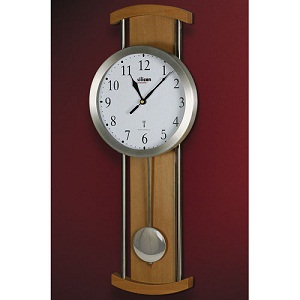The UK atomic clocks hold the world record for the most accurate clock in the whole world right now.
According to the journal Metrologia, the clock is almost twice as accurate as earlier thought.
The only time that the clock would lose, or gain less than a second in when 138 million years has passed.
Currently, the UK is topmost in providing accurate reading of time and is the country that keeps the whole world on time.
However, the international race for higher accuracy is ongoing, so there might be a time that other countries will be providing the most accurate time.
The NPL’s CsF2 clock is a “caesium fountain” atomic clock, wherein the “ticking” presented by the weight of the energy required to modify a property of caesium atoms identified as “spin”.
In the definition, of the whole world, it is the electromagnetic waves needed in accomplishing “spin flip” measured; when 9,192,631,770 peaks and troughs of these waves go by, one typical second passes.
As we go inside the clock, we can see that the caesium atoms assembled into bunches of 100 million or so, and cross a cavity uncovered to these electromagnetic waves.
The colour, or regularity, is in tune with the spins seen to flip – then the researchers understand the waves are at the right frequency to outline the second.
 The NPL-CsF2 clock has an “atomic pendulum“, which can be compared to the UK and the world’s clock, which ensures they are all ticking at the same time.
The NPL-CsF2 clock has an “atomic pendulum“, which can be compared to the UK and the world’s clock, which ensures they are all ticking at the same time.
That alteration completed at the International Bureau of Weights and Measures (BIPM) in the fringes of Paris, which collects descriptions of seconds from six “primary frequency standards” – CsF2 in the UK, two in France, and one each in the US, Germany and Japan.
In favor of those six high-precision atomic pendulums, complete accuracy is a must.
Late count in 2010, the UK’s atomic clock was on a same level with the best when it comes to the long-term accurateness: to around one part in 2,500,000,000,000,000.
However, the dimensions performed by the NPL’s Krzysztof Szymaniec and associates at Pennsylvania State University in the US have almost doubled the accurateness.
The second’s strictest definition needs that the capacity made in stipulations that Dr Szymaniec said were hopeless to achieve in the laboratory.
The team’s most recent work tackled the errors in the measurement brought about by the “microwave cavity” that the atoms go.
Without the team doing anything on the machine, they manage to record a recognize accurateness of the machine to one part in 4,300,000,000,000,000.